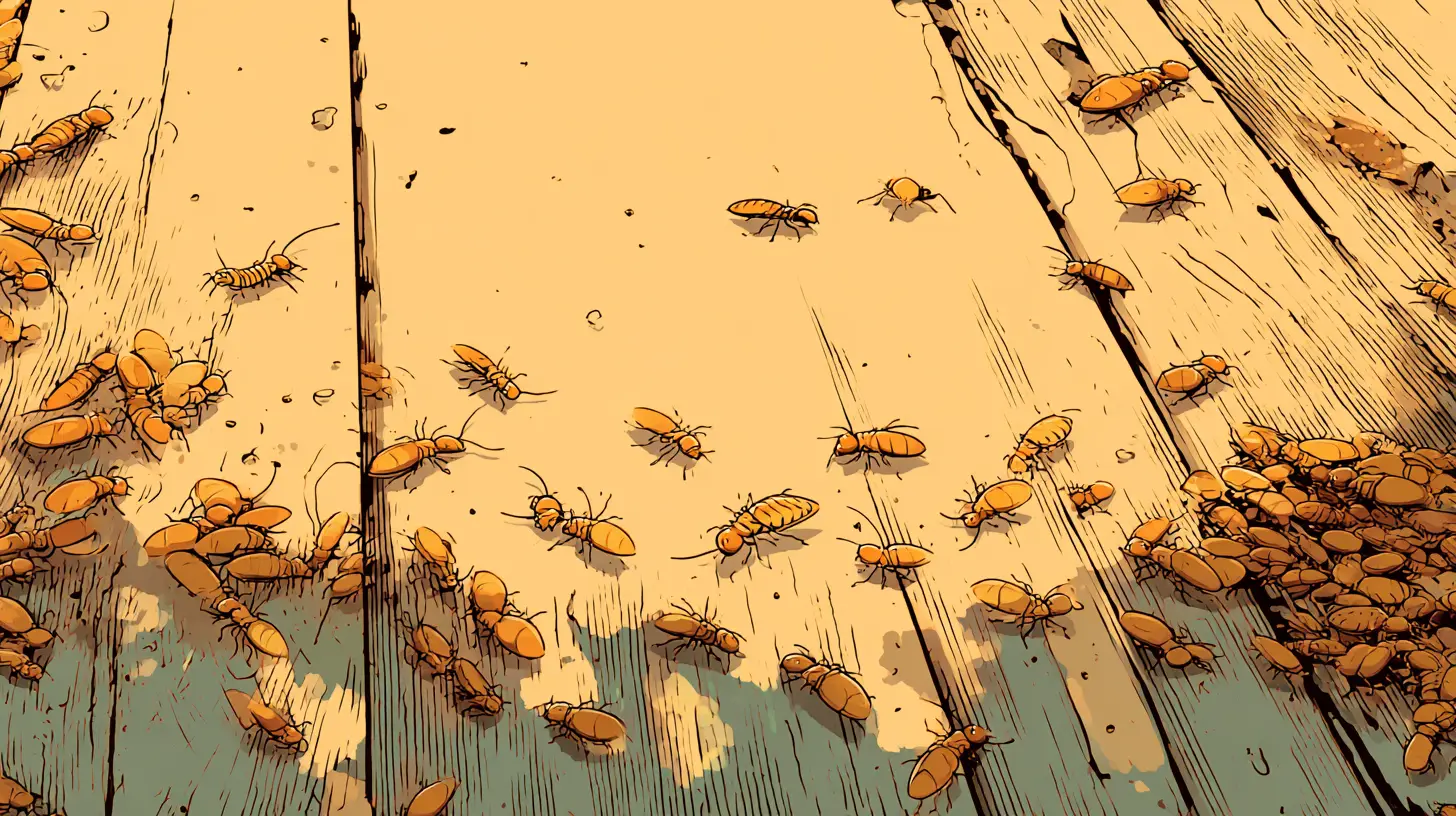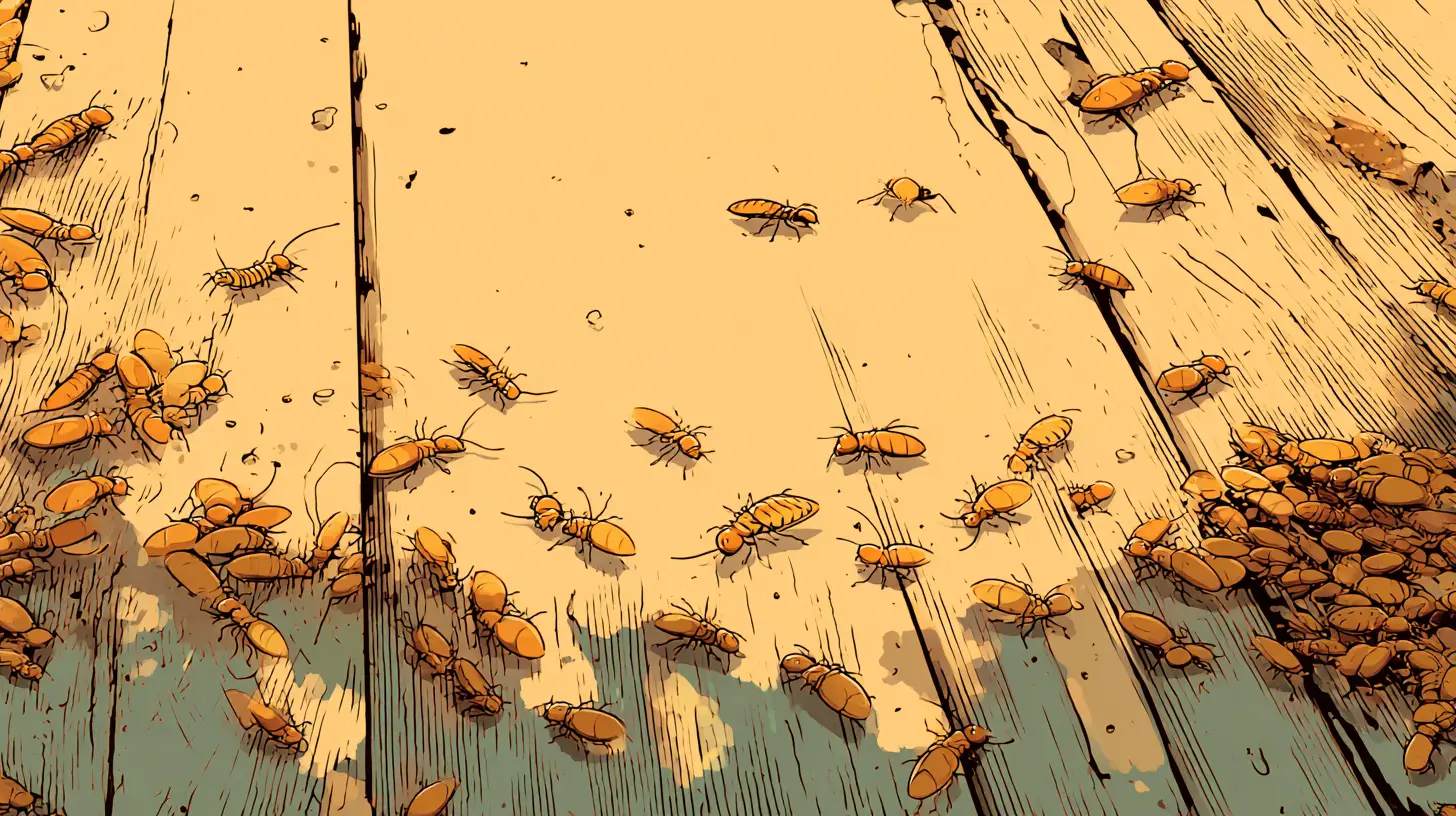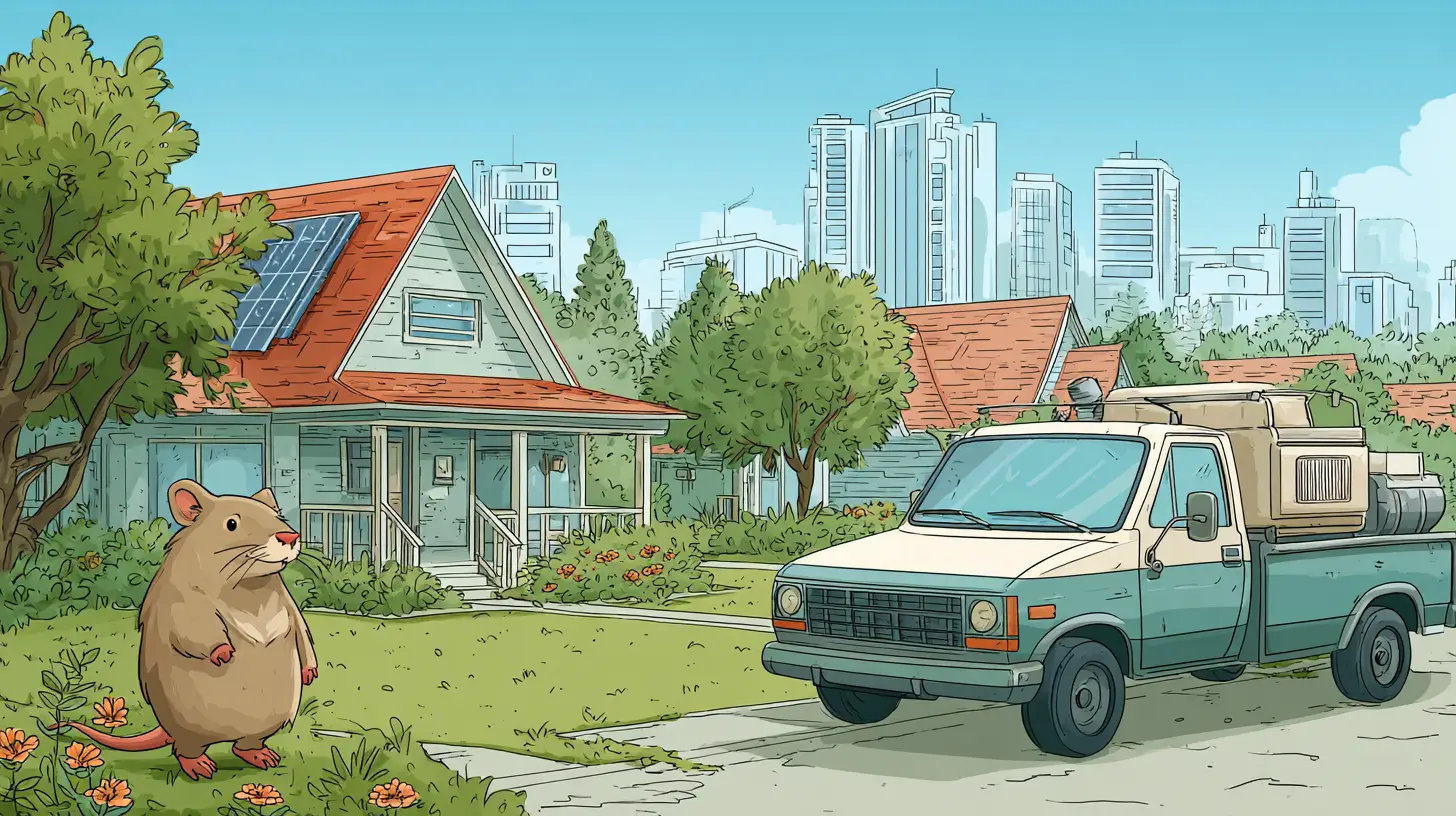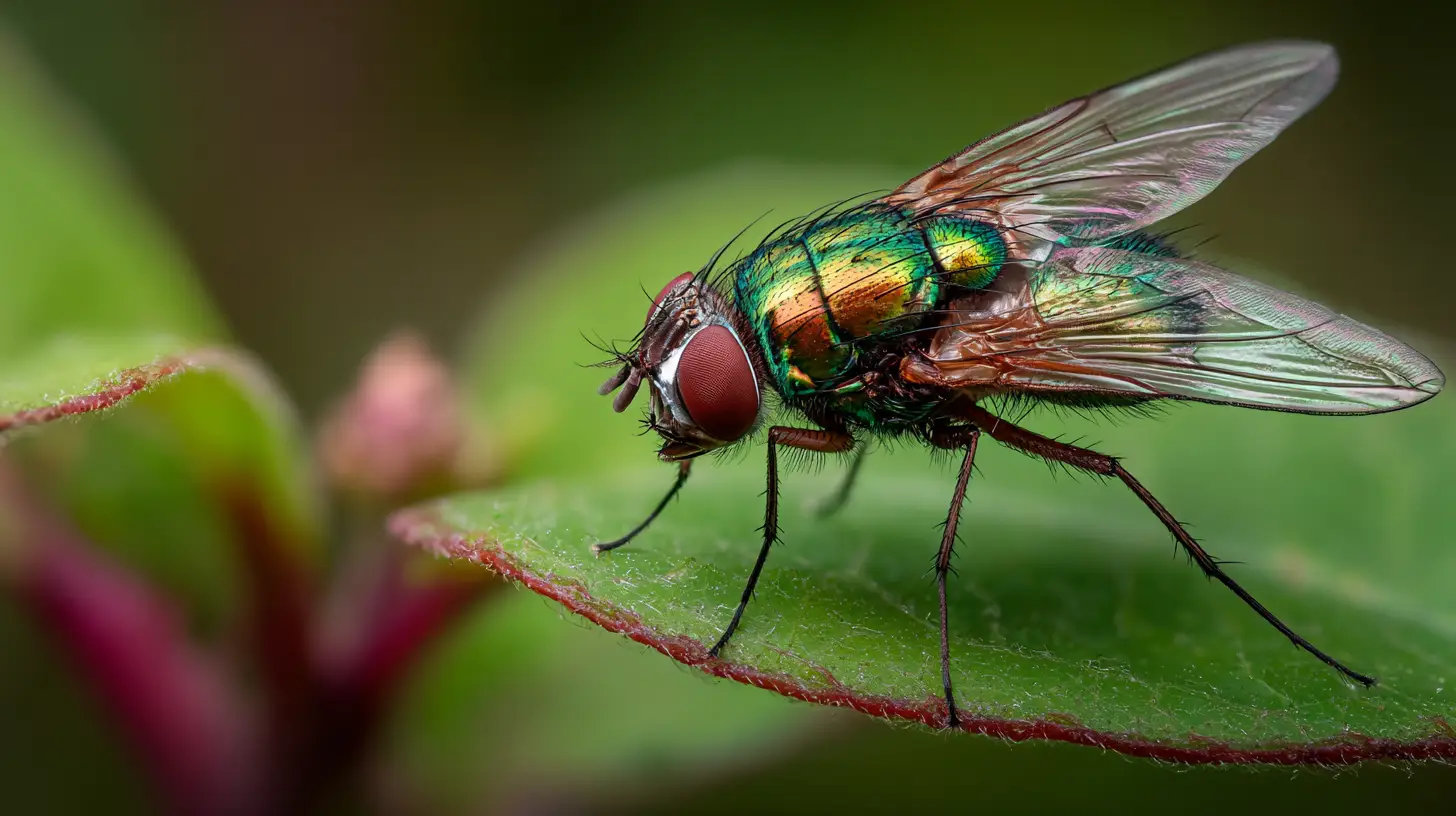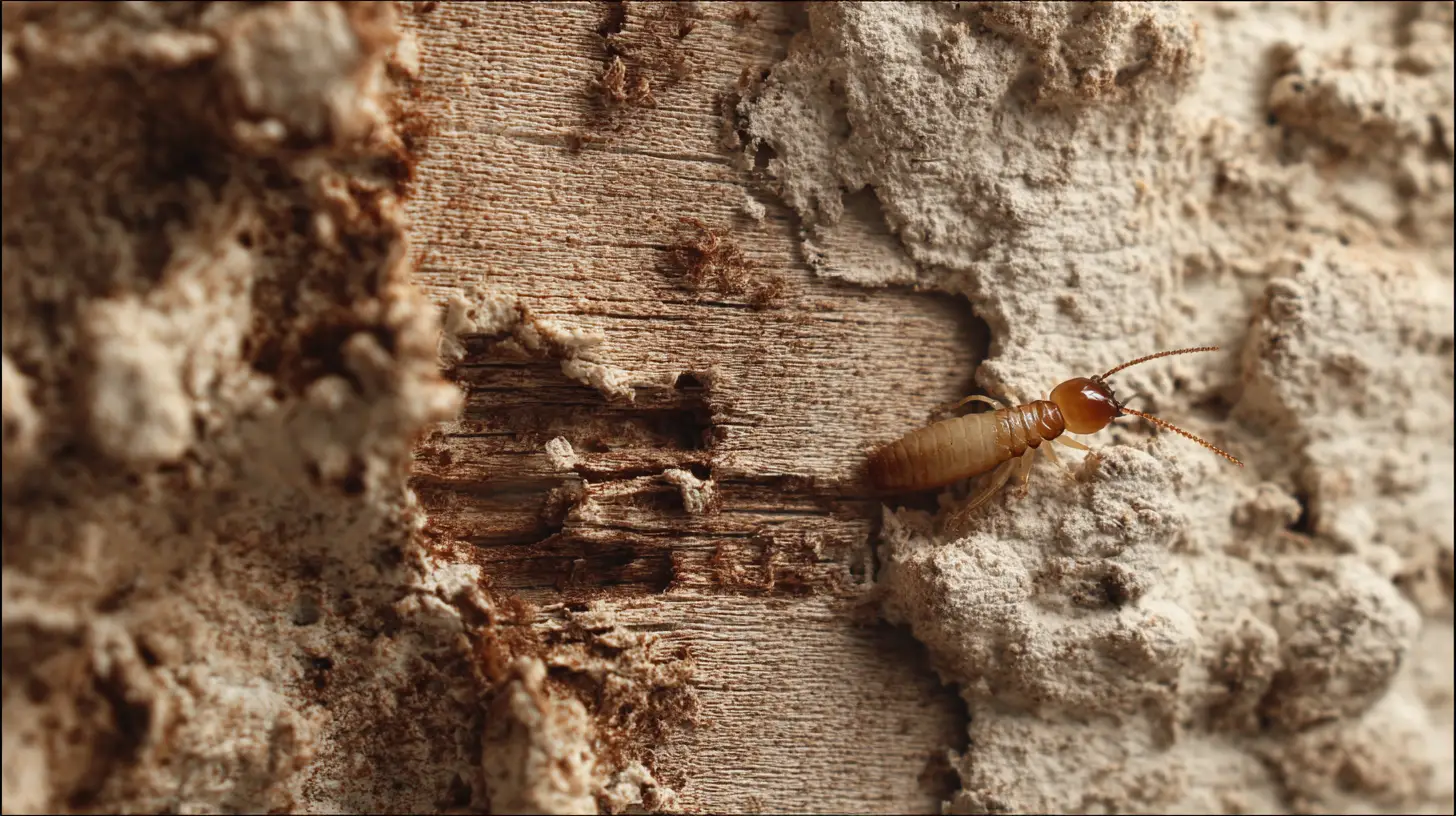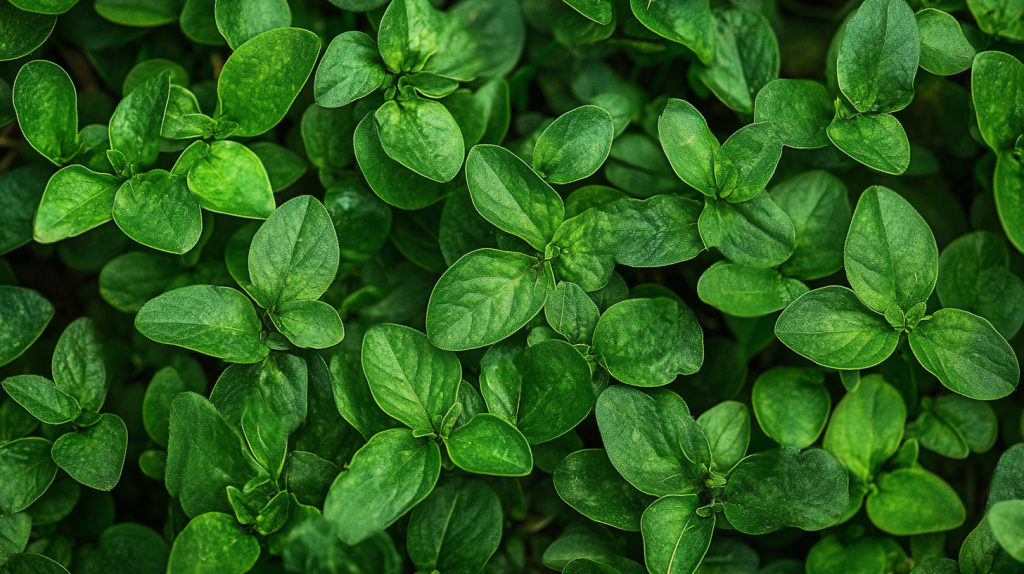
Table of Contents
Managing weeds in Lakewood Ranch lawns requires selecting the right post emergent herbicides that effectively target specific weed types while protecting your valuable warm-season turf. Whether you’re dealing with stubborn broadleaf weeds, invasive grasses, or persistent sedges, this comprehensive guide covers the most effective post emergent herbicides in Lakewood Ranch, FL, along with proper application techniques and safety considerations.
Key Takeaways
- Know Your Grass Type: St. Augustine has different herbicide tolerances than Bermuda or Zoysia – always check compatibility before application.
- Timing is Critical: Apply when weeds are actively growing and weather conditions are optimal for herbicide uptake.
- Multiple Applications Often Needed: Tough perennial weeds like nutsedge typically require 2-3 treatments spaced 4-6 weeks apart.
- Safety First: Always read and follow label directions, wear appropriate PPE, and be mindful of drift onto desirable plants.
- Integrate with Lawn Care: Healthy, dense turf is your best defense against weeds – maintain proper cultural practices alongside herbicide use.
- Consider Organic Options: Iron-based and natural herbicides offer effective alternatives for environmentally conscious homeowners.
Understanding Post Emergent Herbicides for Lakewood Ranch Conditions
Post emergent herbicides work on weeds that have already sprouted and are actively growing in your lawn. Unlike pre-emergent herbicides that prevent seeds from germinating, these products target existing weeds while ideally leaving your desirable turfgrass unharmed.
In Lakewood Ranch, Florida, our warm-season grasses—primarily St. Augustine, Zoysia, Bahia, and Bermuda—require herbicides specifically formulated for southern lawns. The key is selecting products that are both effective against common Florida weeds and safe for our heat-tolerant turf varieties.
Essential Broadleaf Post Emergent Herbicides for Lakewood Ranch
Trimec Southern: The Gold Standard
Active Ingredients: 2,4-D (18.7%), MCPP-P (17.4%), Dicamba (3.85%)
Target Weeds: Controls 90+ broadleaf weeds including dandelion, clover, chickweed, spurge, henbit, plantain, and oxalis
Turfgrass Compatibility: Safe on St. Augustine, Bermudagrass, Zoysiagrass, and other warm-season turfs
Application Guidelines:
- Apply 0.37-0.75 fl oz per 1,000 sq ft (2-3 pints per acre)
- Best timing: Spring or fall when weeds are young and actively growing
- Ensure grass is fully green and not stressed
- Use sufficient water for thorough coverage
Safety Notes: Labeled “Danger” – requires protective equipment. Avoid drift onto desirable broadleaf plants like flowers and ornamentals.
Tri-Power: Alternative Broadleaf Control
Active Ingredients: MCPA (40.4%), MCPP-P (8.0%), Dicamba (3.97%)
Target Weeds: Excellent for chickweed, clover, dandelion, oxalis, and plantains
Turfgrass Compatibility: Safe on Bermuda and Zoysia, but should be avoided on St. Augustine, Centipede, and Bahia
Application Guidelines:
- Apply 0.7-1.1 fl oz per 1,000 sq ft in 2-4 gallons of water
- Target small, actively growing weeds
- Avoid application when weeds are dormant or grass is stressed
Drive XLR8: Dual-Purpose Control
Active Ingredients: Quinclorac (18.9%)
Target Weeds: Highly effective on annual grassy weeds (crabgrass, torpedograss, signalgrass) plus broadleaf weeds (plantain, clover, bindweed, chickweed, oxalis)
Turfgrass Compatibility: Safe on Bermuda, Zoysia, and Bahia, but NOT safe on St. Augustinegrass
Application Guidelines:
- Apply 0.7-1.5 lb product per acre after grass green-up
- Avoid mowing 2-3 days before/after treatment
- Particularly effective for multiple weed types in one application
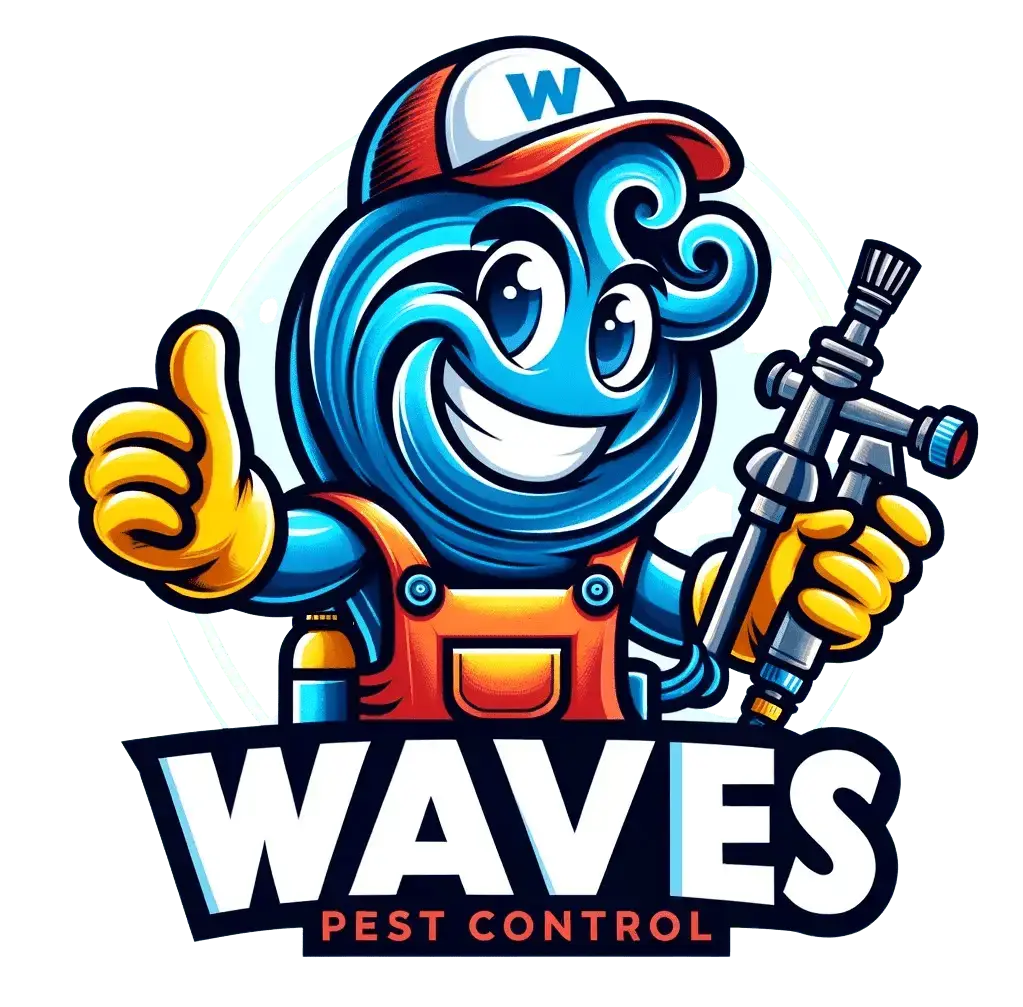
Get Pest-Free Today!
Trust Waves Pest Control for expert pest solutions in Florida. Call now or request your free quote online!
Request a QuoteSpecialized Sedge Post Emergent Herbicides for Lakewood Ranch
Basagran T&O: Professional Sedge Control
Active Ingredients: Bentazon sodium salt (44%)
Target Weeds: Yellow nutsedge, annual sedges, plus broadleaf weeds like ragweed, smartweed, purslane, and plantain
Turfgrass Compatibility: Safe on all major turfgrasses including St. Augustine, Bermuda, Zoysia, Bahia, and Centipede
Application Guidelines:
- Mix 6⅔ cups per 1,000 sq ft with nonionic surfactant
- Apply when sedges are 2-6 inches tall during active summer growth
- Multiple applications (4-6 weeks apart) typically needed
- Rainfast in approximately 2 hours
Image Nutsedge Killer: Systemic Sedge Control
Active Ingredients: Imazaquin (3.3%)
Target Weeds: Yellow and purple nutsedge, crabgrass, dollarweed, wild onion, spurge, and other perennial weeds
Turfgrass Compatibility: Safe on St. Augustine, Bermudagrass, Centipede, and Zoysia
Application Guidelines:
- Apply 2-4 fl oz per 1,000 sq ft after spring green-up
- Use 30-50 psi spray pressure for adequate coverage
- Avoid mowing 2-3 days before/after application
- Repeat applications typically needed 4-6 weeks apart
Ortho Nutsedge Killer: Convenient Ready-to-Spray
Active Ingredients: Sulfentrazone (1.40%)
Target Weeds: Yellow and purple nutsedge, kyllinga, plus broadleaf weeds like plantain, purslane, pigweed, and spurge
Turfgrass Compatibility: Labeled for northern and southern turfgrasses including warm-season varieties
Application Guidelines:
- Hose-end sprayer application for convenience
- Apply when sedges are less than 3 inches tall
- May cause temporary turf yellowing that recovers quickly
- Treat only actively growing weeds during warm weather
Non-Selective Post Emergent Herbicides for Spot Treatment
Glyphosate (Roundup): Total Vegetation Control
Active Ingredients: Glyphosate (typically 41%)
Target Weeds: All green vegetation – broadleaf, grasses, and woody plants
Application Guidelines:
- Use only for spot treatment of weeds in cracks, bare spots, or areas planned for replanting
- Apply at full strength with careful sprayer technique
- Will kill turfgrass on contact – avoid any drift onto lawn
- Wait several days before replanting after application
Organic Alternatives: Natural Post Emergent Options
Fiesta (Iron HEDTA):
- Active ingredient: Iron (Fe-HEDTA) 26.5%
- OMRI-listed organic herbicide
- Controls broadleaf weeds while feeding turf
- Safe on all turfgrasses
- Apply 2.8 fl oz per 1,000 sq ft
BurnOut (Citric Acid + Clove Oil):
- Active ingredients: Citric acid (24%), Clove oil (8%)
- Fast-acting contact herbicide
- Non-selective – will damage any plant contacted
- Visible results within hours
- Safe for people and pets once dry
Application Best Practices for Lakewood Ranch Conditions
Timing Considerations
Optimal Application Windows:
- Spring: March-May when weeds are actively growing
- Fall: October-November for winter weeds
- Summer: June-August for sedges and heat-tolerant weeds
Weather Requirements:
- Air temperature 65-85°F for best results
- Wind less than 5 mph to prevent drift
- No rain expected for 2-6 hours (depending on product)
- Avoid extremely hot days (above 90°F)
Application Techniques
Spray Equipment:
- Use calibrated sprayers for accurate application rates
- Add spray indicator dye to visualize coverage
- Use appropriate nozzles for even distribution
- Clean equipment thoroughly after each use
Coverage Tips:
- Apply to actively growing weeds for best uptake
- Ensure thorough wetting of weed foliage
- Avoid over-application which can injure turf
- Target weeds when they’re young and tender
Safety and Environmental Considerations for Lakewood Ranch
Personal Protection Equipment (PPE)
Always wear when applying post emergent herbicides in Lakewood Ranch, FL:
- Long sleeves and pants
- Chemical-resistant gloves
- Eye protection (goggles or safety glasses)
- Closed-toe shoes
- Respiratory protection if specified on label
Drift Prevention
Post emergent herbicides containing 2,4-D and dicamba are prone to vapor drift:
- Avoid spraying when wind exceeds 5 mph
- Use low spray pressure and large droplet nozzles
- Be mindful of sensitive plants downwind (vegetables, ornamentals)
- Consider weather conditions including temperature inversions
Water and Wildlife Protection
- Never apply herbicides directly to water bodies
- Keep spray and rinse water out of storm drains
- Observe buffer zones near wells or sensitive ecosystems
- Follow label restrictions regarding aquatic environments
Integrated Weed Management for Lakewood Ranch Lawns
Post emergent herbicides work best as part of a comprehensive lawn care program:
Cultural Practices
Promote Dense Turf:
- Proper mowing height for your grass type
- Adequate but not excessive irrigation
- Appropriate fertilization program
- Regular aeration if needed
Stress Reduction:
- Address soil compaction issues
- Manage thatch buildup
- Correct drainage problems
- Choose appropriate grass varieties for your conditions
Preventive Measures
- Pre-emergent herbicide applications in early spring
- Overseeding thin areas to outcompete weeds
- Proper pH management through soil testing
- Organic matter additions to improve soil health
Common Weeds and Recommended Treatments for Lakewood Ranch
Broadleaf Weeds
- Dandelion, Clover, Chickweed: Trimec Southern or Tri-Power
- Spurge, Plantain: Drive XLR8 or Trimec Southern
- Dollarweed: Image Nutsedge Killer (also controls sedges)
Grassy Weeds
- Crabgrass, Foxtail: Drive XLR8 (safe on Bermuda/Zoysia only)
- Torpedograss: Drive XLR8 or glyphosate spot treatment
Sedges
- Yellow/Purple Nutsedge: Basagran T&O, Image, or Ortho Nutsedge Killer
- Kyllinga: Ortho Nutsedge Killer or sulfentrazone products
Frequently Asked Questions (FAQs)
What’s the best post emergent herbicide for St. Augustine grass in Lakewood Ranch?
For St. Augustine grass, Trimec Southern is the gold standard for broadleaf weeds, while Image Nutsedge Killer works well for sedges. Avoid Drive XLR8 on St. Augustine as it can cause injury. Always verify the product label lists St. Augustine as a safe turfgrass before application.
When should I apply post emergent herbicides in Lakewood Ranch?
The best timing is during active weed growth periods – typically March through May for spring weeds and October through November for cool-season weeds. For summer sedges, apply during June through August when they’re actively growing.
How long should I wait to mow after applying post emergent herbicides?
Most products recommend waiting 2-3 days before mowing to allow adequate herbicide uptake by the weeds. Mowing too soon can reduce effectiveness by removing treated leaf surfaces before the herbicide translocates to the roots.
Can I apply post emergent herbicides during Lakewood Ranch’s rainy season?
Avoid application immediately before expected rainfall, as most herbicides need 2-6 hours to dry and be absorbed. During the rainy season (June-September), time applications for dry windows and choose products with shorter rainfast periods like Basagran (2 hours).
Are organic post emergent herbicides effective in Lakewood Ranch?
Yes, organic options like Fiesta (iron-based) effectively control broadleaf weeds while being safe for people, pets, and the environment. However, they may require more frequent applications and work best on young, tender weeds.
Why do some herbicides not work on certain grass types?
Different grass species have varying sensitivities to herbicide active ingredients. For example, St. Augustine is sensitive to quinclorac (Drive XLR8), while Bermuda grass tolerates it well. Always check the product label for approved turfgrass types.
How can I prevent herbicide drift in Lakewood Ranch’s windy conditions?
Apply only when winds are less than 5 mph, use low spray pressure with larger droplet nozzles, and add anti-drift agents if recommended. Early morning applications often have the calmest conditions.
Do I need a license to apply post emergent herbicides in Lakewood Ranch?
Homeowners can apply herbicides to their own property without a license. However, commercial applicators and those treating others’ properties require appropriate Florida Department of Agriculture licensing and certification.

